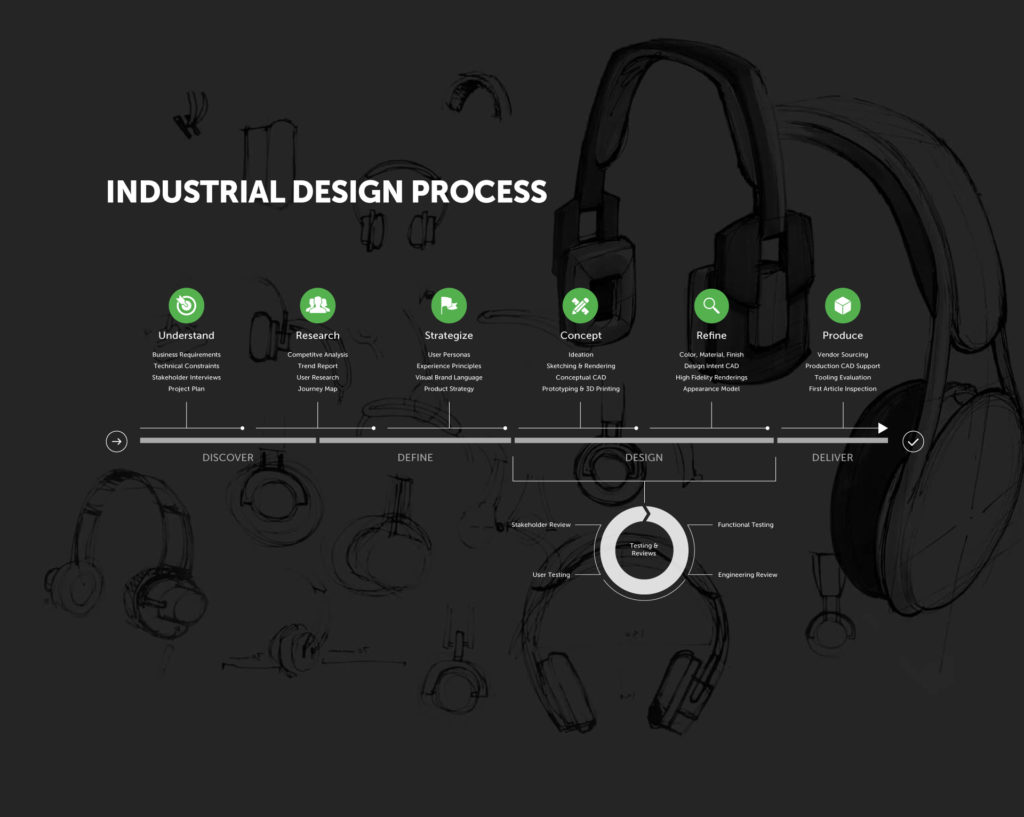Article
5 Tips for Refreshing Website Copy

Whether you’re embarking on a full website refresh or only updating a page or two, it’s tempting to assume that your site copy can move directly over to a new design with little or no editing.
In cases of small sites or well-curated site content, that can work out just fine. For larger websites that have not been tended to over time, or in cases of major design changes, it’s worth budgeting time specifically to refresh your content.
Here’s how to get the most out of your content review:

1. Revisit Business and Website Goals
Over time, business goals and marketing priorities shift. It’s likely that you’ve grown and expanded since your current site was built. You might need to include new products that didn’t exist during your last design. Or, you might want to refine your pages to cut services you no longer offer.
It’s also possible that the purpose of your site has shifted. For example, many young businesses have a product or service focus. Once a business is well known, the focus might shift to recruiting staff or building teams. This change might not require new pages or content, but rather a site architecture update to elevate specific content to a position of greater prominence.
Once you’re clear on your business and website goals, the two can be aligned – even if indirectly. For example, resource downloads might be your number one website goal, because they tie to leads, which tie to sales. Write action-inspiring CTAs to guide users as they dive into and navigate through your site.

2. Know What Works…and What Doesn’t
Take time to review your current analytics before deciding what to port over to your new site. If a page or topic is popular, make sure you don’t lose it in the transition.
Conversely, if a page isn’t performing well, take the time to consider why. Is it no longer relevant? Does it not deliver the content users are looking for? Could it convey the information in a clearer or more visually appealing way?
I’ll talk more about how content looks later, but content and design go hand-in-hand. If there is information that you really want to get across but your users are missing it, talk to your designer about ways to call it out more effectively on your new site.

3. Style Matters
Does your business have an online style guide? If not, undergoing a site refresh is a good time to create one. Users remember strong brands, and content is a key ingredient in UX. Applying the same UX principles and best practices to copy that you do to design can drastically improve user experience.
If you don’t already have one, build a messaging framework. It’s a great exercise for identifying your primary personas and how you plan to target your message to each group. Aim to maintain clear language and a consistent tone across your site for a positive and memorable user experience.

4. Edit, edit…then edit some more.
As a copywriter I hate to admit it, but even I know that people don’t read. In fact, there’s so much information to consume these days that I include myself amongst the many users who scan. We’re inundated with content; so, the more succinctly you can deliver your message, the more likely users are to digest it.
Start with eye-catching headlines, bullet points, and calls to action. Grab the user’s attention first, then build out greater detail for those who want to read more. Use caution. Even in longer sections of copy, you should make sure that every word counts.
Whenever possible, rid your content of buzzwords and jargon. They are yet another opportunity for users to check out. If your industry is one where highly specific terminology is expected, it’s not necessary to avoid it. However, continue to make sure that you’re writing in an engaging tone and telling a story that keeps users interested.

5. How does it look?
Finally, take a step back and consider how your content actually looks on your site. I mentioned earlier that content is a design element. You want to draw the eye for good reasons, not bad. So, your copy must work with the overall look and feel of your site.
Look for areas where content is: breaking in strange places, creating too many hyphens, or leaving single words hanging; covering or being covered by images; or, competing and conflicting with icons or shapes on the site. Edit your text or design to make sure these problems don’t happen.
And, don’t forget mobile! Mobile devices now dominate online information consumption, accounting for over 70% of time spent online in the U.S. It’s not necessary to have a dedicated mobile site, but it is important to make sure that you have a responsive website design that optimizes for the mobile experience. Most of our site designs use mobile-friendly WordPress, but it’s still worth reviewing on various devices to make sure that your content is creating a positive mobile experience.









